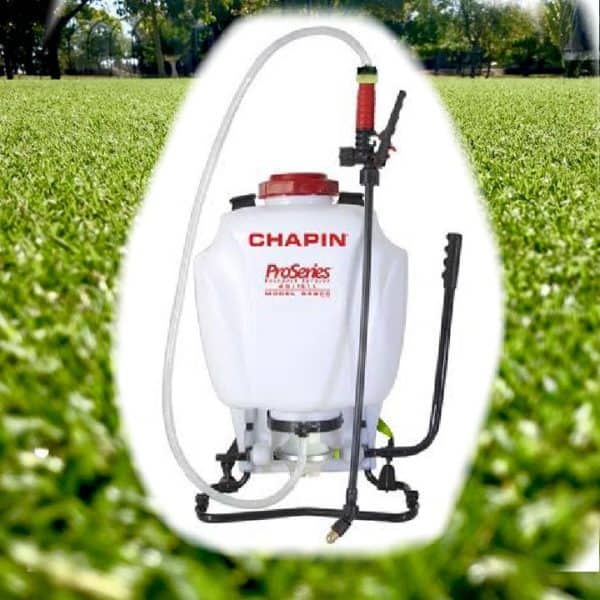
Sprayer Calibration
Applying foliar applications, whether it’s a herbicide, insecticide, fungicide, or even a liquid fertiliser,, is something we all at some point need to do for a nice lawn. An even application isn’t easy if you don’t know what you’re doing, however, it’s very easy with a little bit of knowledge and practice.
The key to any good foliar application is evenness and consistency, all substances have a recommended rate that needs to be applied over a given area, this is not the mixed volume rate or a dilution rate. Often a maximum and minimum water volume rate over an area is given on the label we can adjust this with a spray nozzle size also adjusting the coarseness of the spray, this is normally associated with the substance being applied and its targeted area. Such as the leaf, a lower volume with a finer mist is recommended, whereas targeting the base or “crown” of a plant and soil requires a coarser, higher volume application.
To work out a water volume rate, I recommend measuring out a known area. For example, 5 m x 5 m (25 m2) on your driveway or somewhere with enough room with a surface that you can clearly see your spray pattern and coverage. Fill your sprayer with water with a known amount or to a specific point and note it. For example, 2-3 lts. With the sprayer on your driveway on a still day (always try to spray on a still cooler time of day). Walk at a slow, steady pace up and down in an even pattern until the area has an even coverage; it must be comfortable for you, so it is repeatable. Look at the volume you’ve gone through and note it, ideally 1 to 1.5lts is a versatile calibration for this area, and we recommend repeating this process 2 or 3 times. This will give you an average and a more accurate indication of how much volume you apply over this area. Everyone is different, every sprayer is different and its unique to you, but you must know. If you interchange spray nozzles, then this process needs to be done for each nozzle, in which the movement is the same the delivery and pattern is different.
You also MUST know the area of your lawn, no room for guessing, there are great apps available to assist you with this if you have trouble (I use “Cam to Plan”). You get great results with professional products, but it’s not forgiving. Once you know your test volume, apply this rate to your area of lawn. Now you know your volume of water applied to your lawn is consistent with every application.
All liquid products have an application rate per 100m2 or per hectare (divide by 100 to get 100 m2). It is important its applied at the right time of filling. Knowing how much water you need to cover your area of lawn, as an example, 5lt per 100 m2, fill the sprayer with 3-4 ltrs of water. Add the required amount of product to the tank, and add your surfactant, (which is a sticky agent to help spray adhere to the leaf, and is often recommended on labels. If you don’t have a dedicated “Non-ionic” product, a squirt of detergent will suffice for liquid fertilisers only, I don’t recommend detergents for herbicides, insecticides, and fungicides. “Ionic” products can change the chemical makeup of the spray). Top up the sprayer to the 5lt mark agitating the mix. Make sure you apply all your budgeted mix for this area.
With handling any sprays, always read the label, wear appropriate Personal Protective Equipment and be safe. Enjoy the results, a handy tip is to use Big Foot marking dye to help with your coverage.
